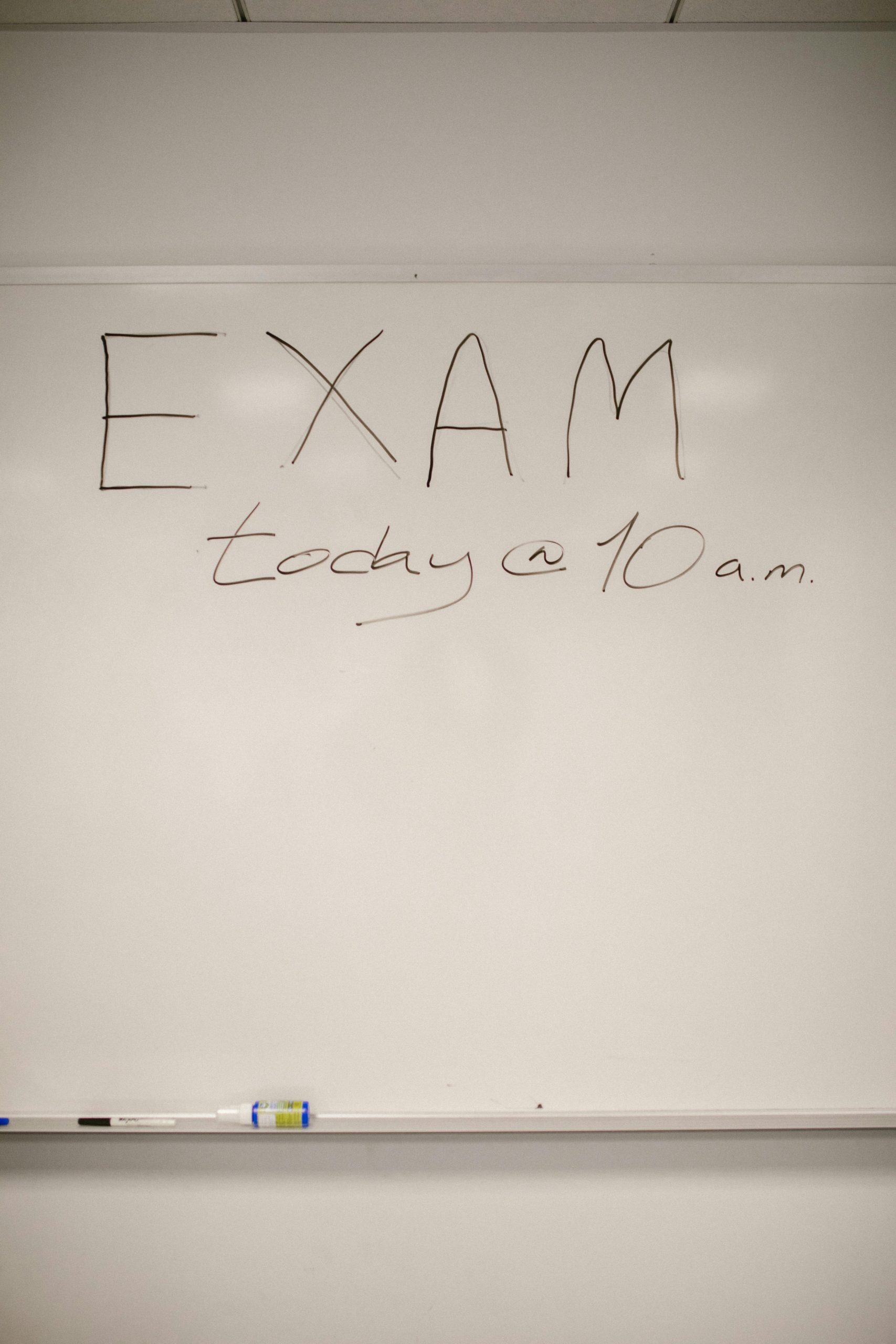Navigating Insurance and Liability After a Car Accident: A Personal Experience
Recently, my wife was involved in a car accident where she was brake-checked by a young driver who later contradicted his own account of the incident. Fortunately, we captured video evidence of the event, which we promptly shared with our insurance company. As a result, they revised their initial assessment from “at fault” to “no fault.”
Following this, the other driver’s insurance also shifted their stance to partial liability. This series of events led both parties into arbitration. Despite solid evidence and the driver’s inconsistent statements about his actions leading up to the crash, it remains unclear how the arbitration outcome has favored him. It’s possible that the evidence we provided was either not sufficiently considered or improperly presented.
In discussions with our insurance provider, we were informed that we would maintain our “no fault” status. However, it’s disheartening to learn that we won’t be able to recover our $500 deductible and that there’s a possibility of the other party seeking compensation from Geico for damages.
This raises a critical question: given that Geico continues to label us as “not at fault,” how will the arbitration verdict influence our future premiums? While the financial loss from our deductible is one concern, the potential increase in our insurance rates is a much larger issue. Compounding this is the worrying thought that the other driver feels emboldened to act without consequence.
Navigating through the aftermath of a car accident can be challenging, especially when it comes to understanding the complexities of insurance claims, liability, and the impacts on your premiums. It’s crucial for anyone in a similar situation to stay informed about their rights and the specifics of their insurance policy to ensure they are adequately protected.



